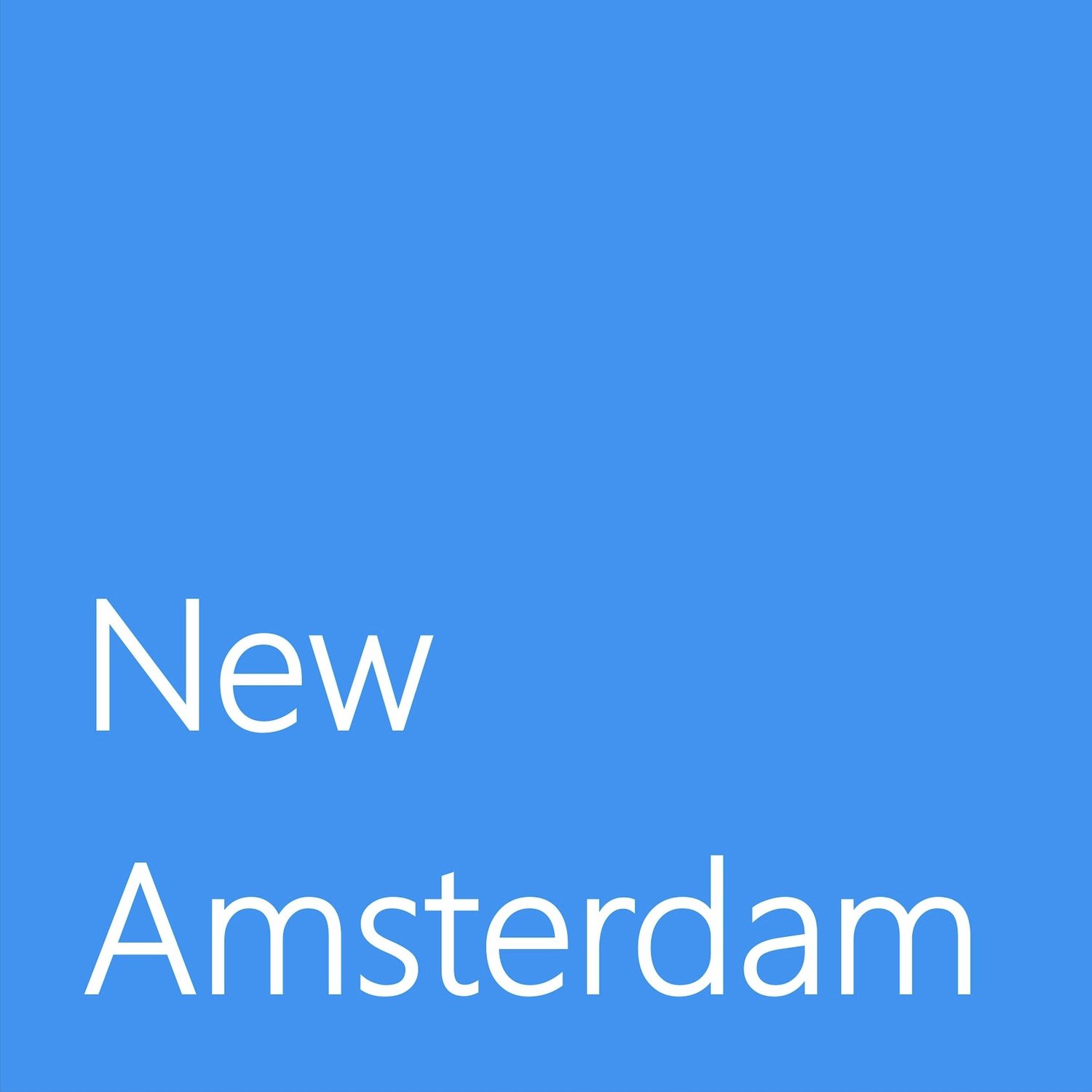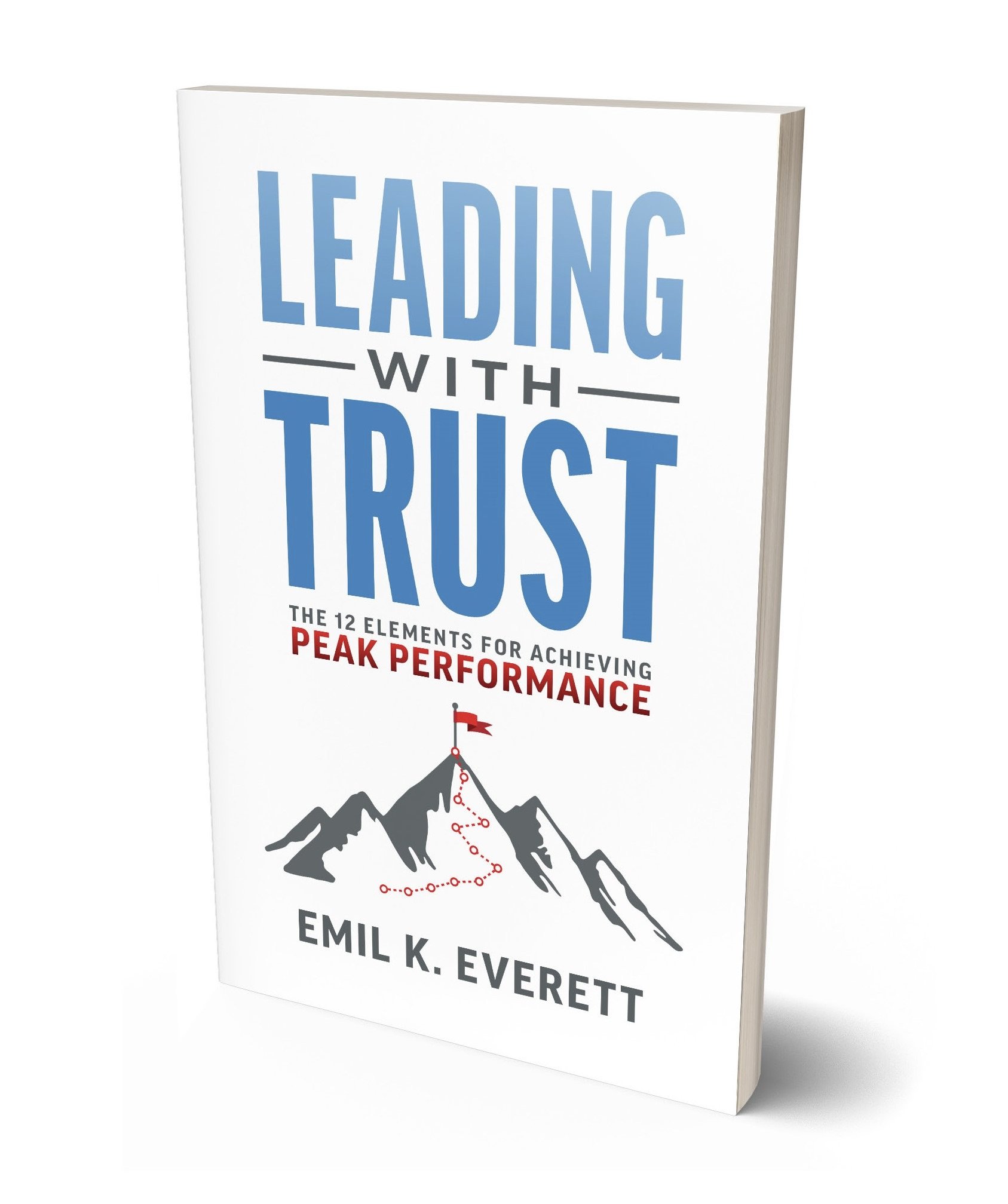The GOAT Leadership Question
In the early 2000s, during a leadership program at Dale Carnegie, I encountered a transformative question that has since guided my personal and professional life: "In what ways can we…?" For example, “In what ways can we improve our relationship with clients?” This simple yet profound query surpasses all others in its impact on leadership effectiveness.
The essence of leadership often lies more in the questions we ask than statements made. Among the myriad queries a leader can pose, "In what ways can we…?" stands out for its unique ability to foster collaboration, spur innovation, and drive engagement.
First, let's distinguish between "In what ways can we…?" and the seemingly similar "How can we…?" Both are valuable in a leader's arsenal, serving distinct purposes. "In what ways can we…?" opens many possibilities, encouraging creative and inclusive thought. In contrast, "How can we?" focuses more on practical, actionable solutions. Leaders should choose between these questions judiciously, considering their objectives, the project stage, and the team's immediate needs.
Here are six key benefits of employing "In what ways can we…?" in leadership:
Promotion of Collaboration: This question inherently supports a team-oriented mindset. It shifts emphasis from individual achievements to collective efforts, suggesting that success is a shared responsibility. Such phrasing cultivates inclusivity and belonging, making team members feel valued and integral to decision-making. It underscores the importance of each member's contribution, thereby fostering a collaborative environment.
Encouragement of Creative Problem-Solving: Leaders who ask, "In what ways can we…?" pave the way for imaginative solutions. This question presupposes the existence of multiple answers to a challenge, pushing team members to think innovatively. It catalyzes diversity in thought and perspective, vital in today's dynamic business world.
Alignment with a Growth Mindset: This question resonates with the concept of a growth mindset, framing challenges as opportunities for learning rather than as insurmountable hurdles. It encourages resilience within the team, emphasizing solution-finding and learning from the journey, irrespective of the outcome.
Enhancement of Engagement and Ownership: The question is a potent tool for boosting engagement and ownership, which are crucial for team performance. When team members sense their ideas are heard and appreciated, their commitment intensifies. This query also prompts them to take ownership of problems and solutions, leading to heightened motivation and dedication.
Reflection of Humility and Openness in Leadership: Importantly, this question demonstrates a leader's humility and willingness to seek input. Acknowledging that the leader doesn't have all the answers enhances trust and respect within the team, which are vital to a healthy and productive work environment.
Facilitation of Strategic Thinking and Planning: Lastly, "In what ways can we?" promotes strategic thinking and comprehensive planning. It encourages teams to explore various avenues and scenarios, leading to well-rounded strategies and better preparation for complex projects and long-term objectives.
"In what ways can we…?" transcends its simplicity to become a pivotal leadership tool. It encapsulates collaboration, creativity, growth mindset, engagement, humility, and strategic planning principles. Leaders ' regular use of this question can foster more cohesive, innovative, and effective teams, essential in a world where adaptability and teamwork are crucial to success.

